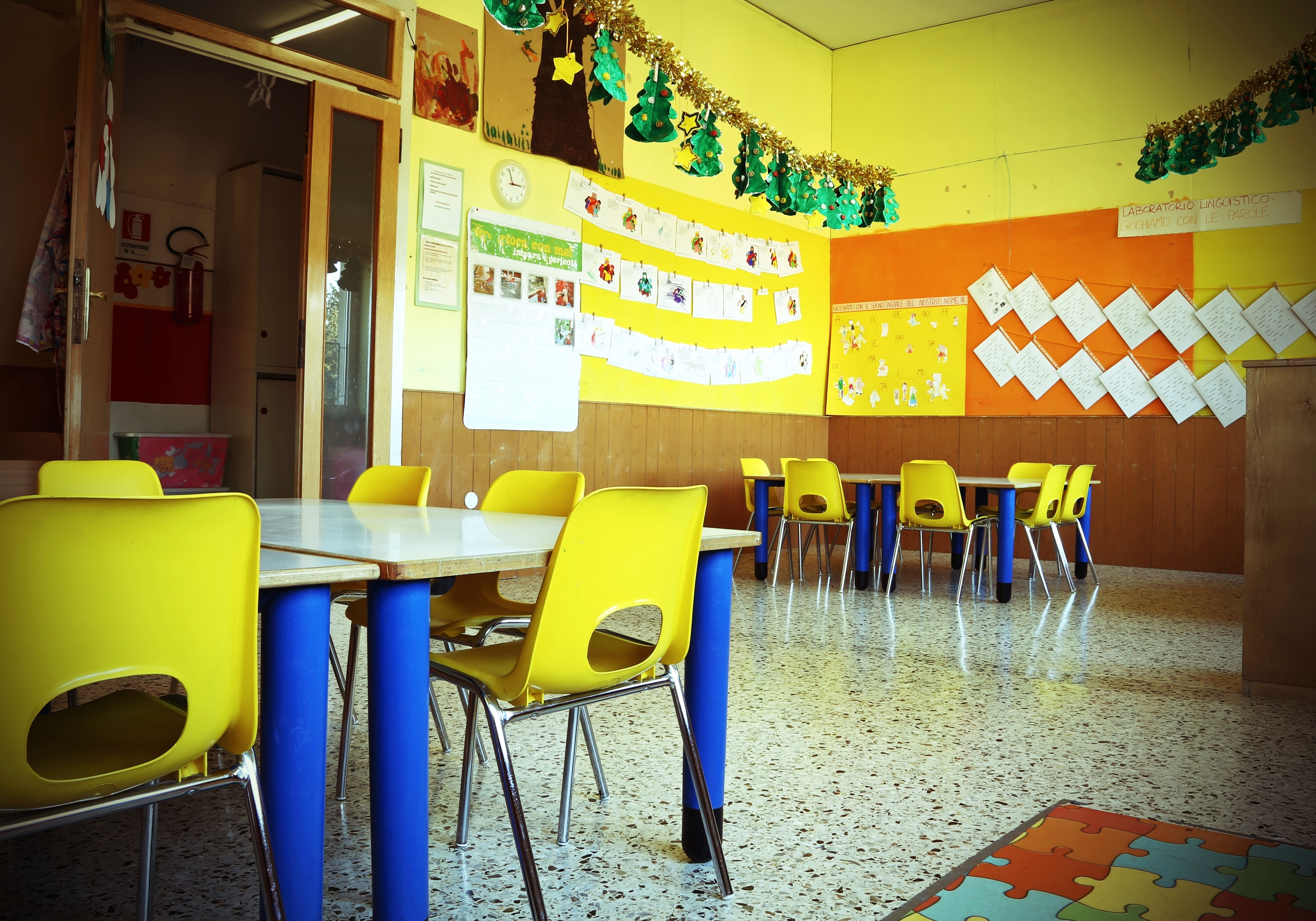
This week, my husband and I spoke in our eldest daughter's first grade classroom as guest speakers for their “Community Helpers” unit. We enjoyed explaining our work to her classmates and providing them with examples of new and different kinds of careers. We were grateful to her teacher for involving us, as it's not simple to schedule adults to speak or easy to find meaningful ways to connect parents to the curriculum.
Whether you are an elementary school teacher or a secondary teacher (or one of those amazing people teaching middle school), you can also embed experts and community members in your classroom, especially in your project-based learning units, in 5 powerful ways.
- Consult & Brainstorm: Perhaps one of the least utilized methods of involving experts and community members is the pre-PBL unit consultation call. This is just reaching out to someone who works in the field you'll be teaching to talk about current problems, resources, articles, and research so you have a sense of the content and context. This will help make your project even more relevant, accurate, and authentic. In a recent project, I called a USGS office to talk to someone about sinkholes and karst formations and learned so much in that 15 minutes!
- Drop-In Guest Speakers: Maybe you live near a natural history museum, university, or fine arts hub with a wealth of speakers that are willing to come to your classroom. When I taught in Seattle, I had access to hundreds of willing experts–it was a matter of making a good match and finding the time (as well as finding something for periods 4, 5, and 6 to do if the person couldn't stay!). Now that I live in a small town in Arkansas, finding experts is not impossible, but it is amazing to know that Skype, digital video, and other ways to connect with experts allows for us to have guest speakers that we normally couldn't access. Guest speakers can be especially powerful if they are individuals with personal experiences, skills, or content knowledge that relate to your project.
- In-Person Feedback: If you teach secondary students, you know how difficult it is to give 150+ students meaningful feedback. That's why one 9th grade biology teacher I work with is planning to find college students from a neighboring university who can come into the class to provide feedback to students on their lab report drafts. She will have tables set up so that each group of 4 students can receive feedback from one college student. By selecting college students that match the demographics of her students, she can accomplish multiple goals at once: facilitating feedback, connecting students with “experts” in experiment design, and providing role models.
- Project Mentors: When I taught senior project and facilitated the BioTech Expo project, having project mentors proved to be beneficial for students and me, as well. This person can make sure students are meeting the benchmarks of the project, help with research and resources, as well as guide students through the process. Mentors can be for individuals or groups, and in some schools, students have a mentor over the whole year!
- Panel and Audience Members: This is my FAVORITE way to engage community members because it is a compelling way to show others what your students can do at the end of the project. It's relatively easy to plan for with a low commitment for the audience/panel members, so this is a simple strategy to begin using. I usually reach out a few weeks in advance to invite individuals to come, explain the project students will be presenting, pass along the project rubric, and send multiple reminders. Students will love sharing their work with other people, and they will work harder than ever to shine on presentation day!
If you're just getting started with the process of using experts, I recommend starting with “Consult and Brainstorm” and “Panel and Audience Members.” You could also start with Guest Speakers, but the other two are a bit more high-leverage ways to utilize community members. Project Mentors and Feedback are tough to pull off, but after you get them implemented, your students' projects will be richer and more high-quality as a result.
Ready to get started? Start making a list of places in your unit that would benefit from community involvement. Then, research or list out who you might recruit to help you. Happy connecting! Your students will thank you for it in the long run.
